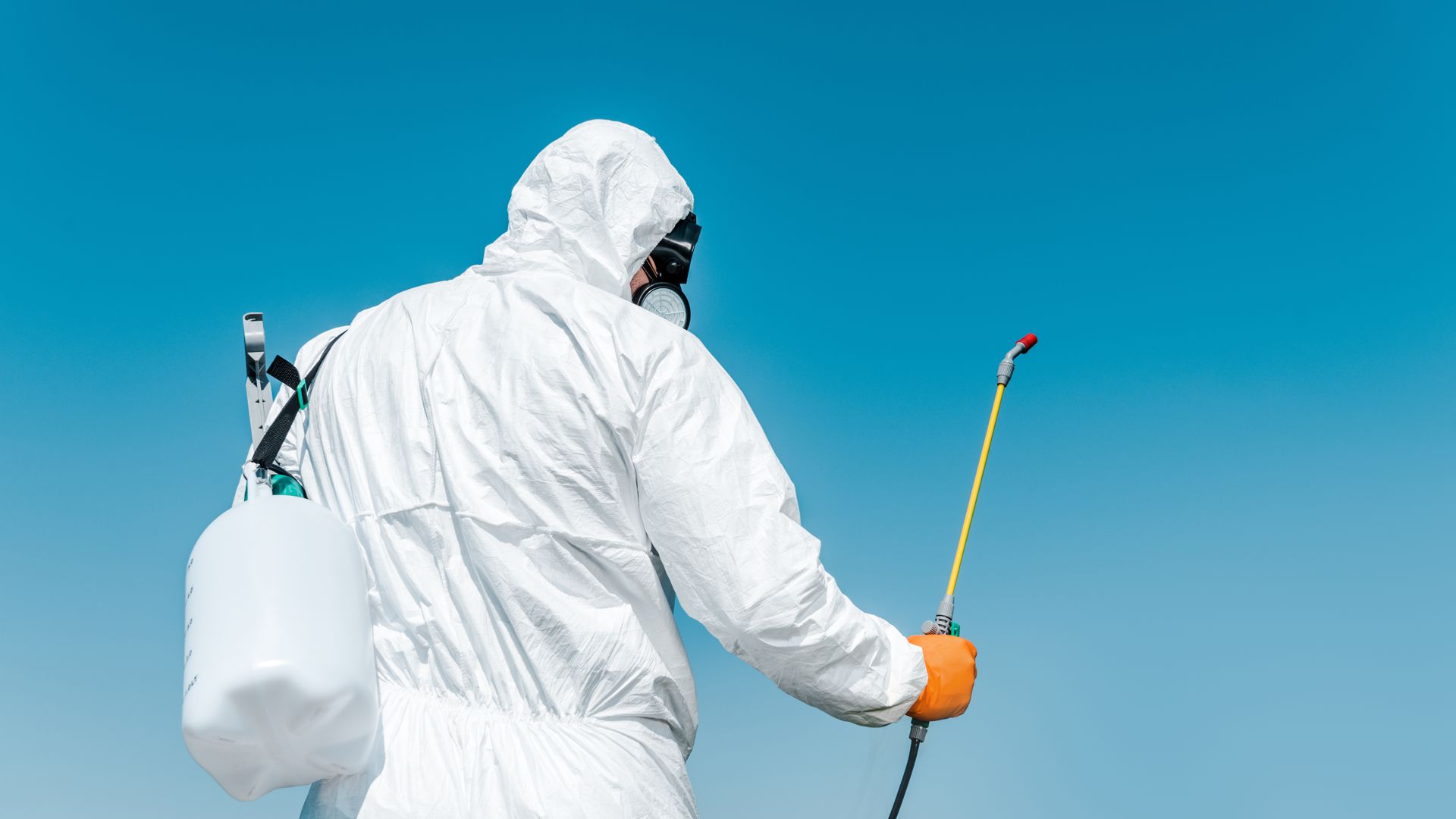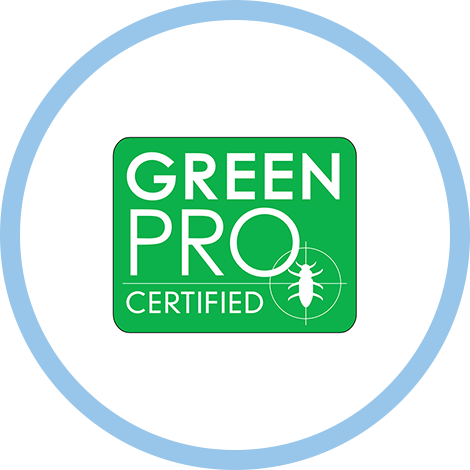
Termites – The Different Life Stages in Bellevue, WA
Like most other insects, termites start out as eggs and progress through stages as a nymph and finally an adult. This is an example of gradual metamorphosis where the young insect resembles the adult. Termites are unique because they can develop into various forms of reproductive and non-reproductive adults. An understanding of the life cycle of termites can aid in their elimination and prevention.
Termite Swarmers
These winged reproductive termites (alates) are born dark in color and with two pairs of wings. In the spring, these termites leave their colonies at maturity and take flight in search of a mate to reproduce. Swarmers can often be seen swarming, and this is the time they may emerge inside homes and buildings. Once they have mated, they land on the ground, shed their wings, and find a place to start a new colony either underground or above ground.


Hear from Our Pest-Free Customers
Proudly Servicing Seattle and Surrounding Areas in the Pacific Northwest
At United Pest Solutions, your satisfaction is our priority! See for yourself what our customers have to say about working with us.
-
"My Technician Garrett Is So Polite & Kind"My technician Garrett is so polite & kind. I always enjoy seeing him & he is very thorough.- Chris A.
-
"Response Time Was Very Good!"He was very professional and so helpful! Everyone on the phone was very good to work with as well!- Erin N.
-
"He Was Very Professional & So Helpful."He was very professional and so helpful!!! Everyone on the phone was very good to work with as well!- Erin N.
-
"Very Happy With Our Service & Would Highly Recommend!"He gave me an education on our specific ant problem and the treatment path of solution. We saw an immediate improvement.- Satisfied Customer
-
"Ben Was Very Friendly & Knowledgeable."He found the issue, identified the insect and treated it all very quickly and took care of the perimeter of my home.- Traci O.
-
"Professional, Informative, Friendly &Kind"Only time will tell if their treatment worked on our pesky ant situation, but they seemed thorough and we haven't seen any a week later.- Pam M.
-
"Devoted to Doing the Very Best Job and Is Kind & Respectful."Ernest has serviced our property countless times, and he is the epitome of his namesake!- Heather L.
-
"Extremely Knowledgeable & Efficient."The price for every-other-month treatment is very reasonable. I highly recommend this company.- Kelly W.
Termite Kings and Queens
The swarmers become kings (males) or queens (reproductive females) over their newly established colony. The fertilized queen lays eggs, which can be as many as a dozen. After a few weeks, the eggs hatch into larvae that are pale and white. The larvae molt (shed skin) three times growing into a young nymph, older nymph, and finally one of three castes (types): workers, soldiers, and swarmers. Queens are known to live for as long as a decade and can reproduce throughout their lifetime.
Termite Workers
Workers do just as their name implies, they work. They are the termites in the colony who are responsible for building tunnels and chambers, as well as feeding and grooming other termites. If the colony experiences a shortage of other caste types (e.g., soldiers or reproductives), workers can develop into what’s needed. Workers live for approximately one to two years. This caste member is the one who does all of the damage; therefore, they are the most important ones to get rid of to stop infestations.
Termite Soldiers
Soldiers, as it’s easy to guess, are responsible for protecting the colony. They can be distinguished from the other caste members by their yellow-brown color. They also have a very large head and mandibles used to fight off predators. Because they can’t feed themselves due to the large size of their mandibles, they rely on worker termites. Like workers, they typically live for one to two years but can change into a worker or reproductive as the colony needs.
Termites can exist in a number of forms. While confusing, it pays to know a little about their life cycle. Some insects are best eliminated by finding their eggs. With termites, it’s best to find and eliminate workers because they do most of the damage.







